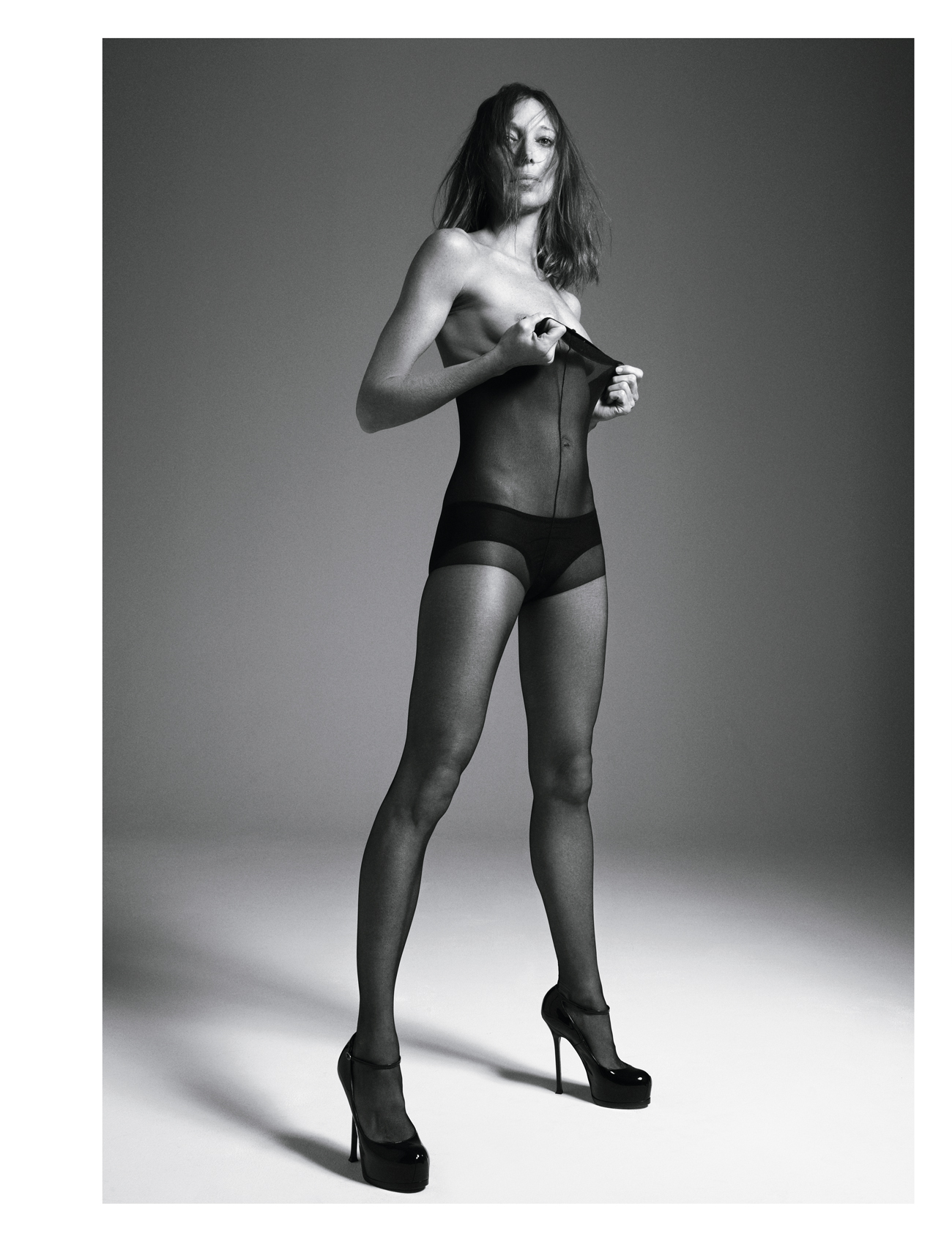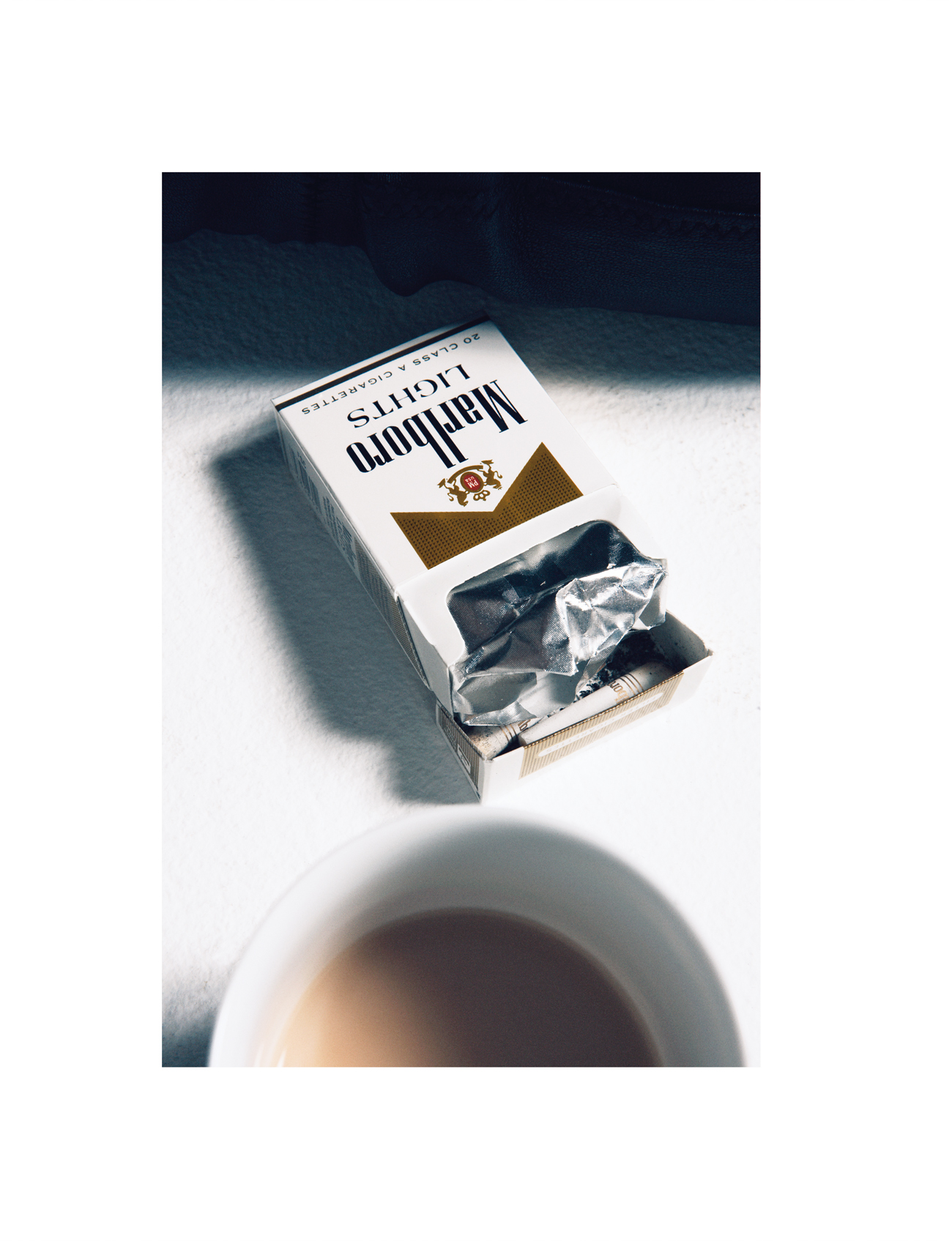Purple Magazine
— F/W 2008 issue 10
Camilla Nickerson, Mario Sorrenti, Lou Doillon
 Mario Sorrenti
Mario Sorrenti
An entire section devoted to personal identity — photographed by MARIO SORRENTI, featuring family pictures, vacation pictures, still lifes, tableaux vivants, a fashion shoot, erotic pictures, a bit of cross-dressing, naked self-portraits on sets of advertising sessions, and one with a cell phone.
portrait #1 CAMILLA NICKERSON
photographed by MARIO SORRENTI
self-styled by CAMILLA NICKERSON
 Camilla wears black tights with seam JONATHAN ASTON, black underwear AMERICAN APPAREL<br />and black patent pumps with strap YVES SAINT LAURENT
Camilla wears black tights with seam JONATHAN ASTON, black underwear AMERICAN APPAREL<br />and black patent pumps with strap YVES SAINT LAURENT
portrait #2 the self portraits of MARIO SORRENTI
interview by OLIVIER ZAHM
OLIVIER ZAHM — You just got back from Japan. Did you enjoy your trip?
MARIO SORRENTI — I loved it. I took pictures day and night.
 Camilla wears a black-and-white knit top and skirt RODARTE, black spiky heels CHRISTIAN LOUBOUTIN and black stockings WOLFORD
Camilla wears a black-and-white knit top and skirt RODARTE, black spiky heels CHRISTIAN LOUBOUTIN and black stockings WOLFORD
OLIVIER…
